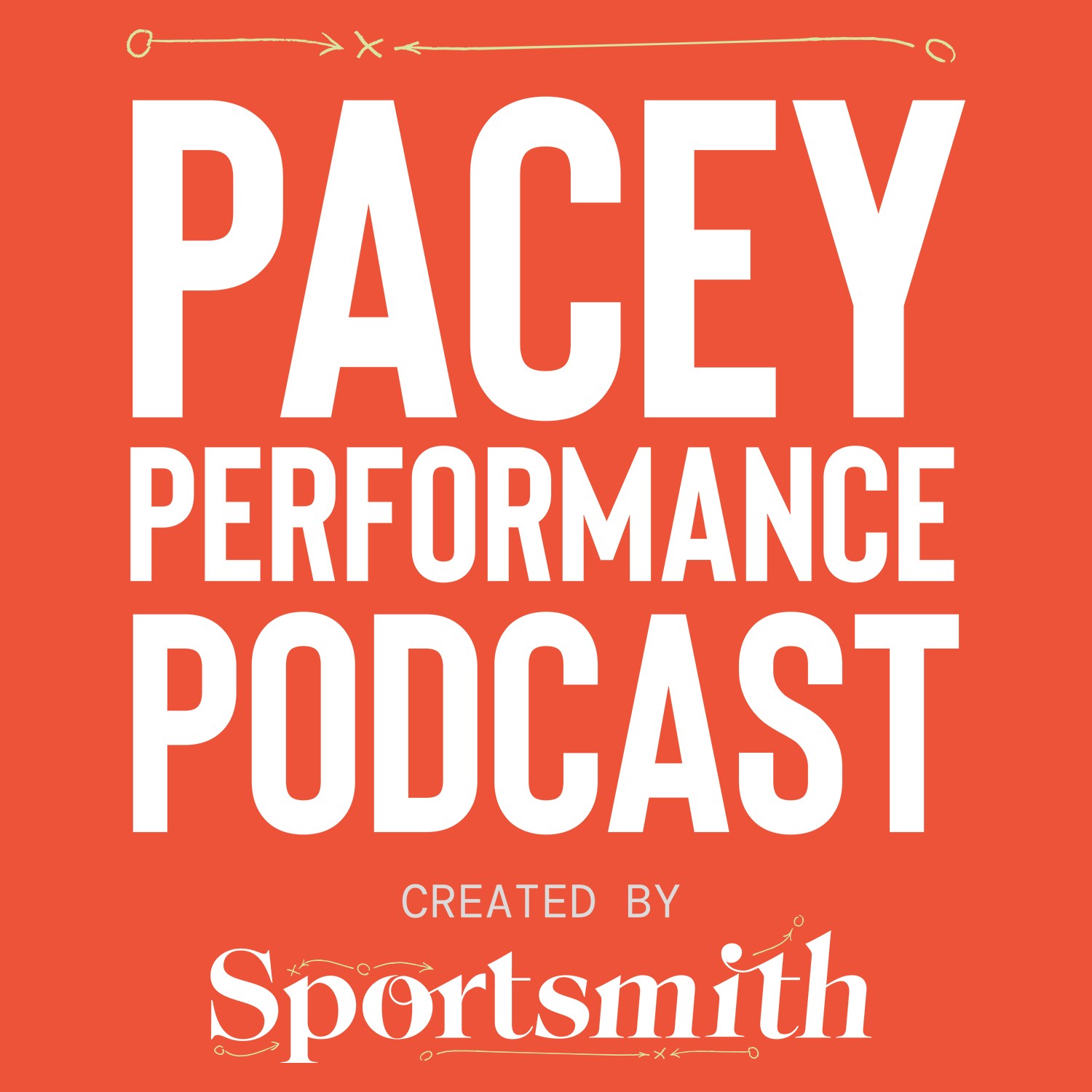Listen "How to reduce hamstring injury risk with Matthew Bourne, Nick Court and Johan Lahti"
Episode Synopsis
In this episode of the Pacey Performance Podcast, Nick Court, Johan Lahti, and Matthew Bourne discuss strategies for reducing hamstring injury risk in elite football players, emphasizing the importance of individualized training, eccentric conditioning, and movement mechanics.
Despite advancements, hamstring injuries remain prevalent due to the increasing demands of high-speed running and eccentric contractions in sports. Eccentric training, particularly the Nordic hamstring exercise, has proven effective but remains underutilized due to compliance challenges and limited preseason time. Incorporating exercises like single-leg RDLs, hip extensions, and inertial training can further strengthen hamstrings and reduce injury risk.
Proper sprint mechanics and balanced strength between the iliopsoas and hamstrings are critical. Faulty mechanics, such as excessive backward thigh movement, can increase strain on the hamstrings. A multifactorial approach, combining practical assessments, running kinematics, and targeted exercises, is essential for addressing individual risk factors and improving movement efficiency.
Injury prevention also requires tailoring rehabilitation to each athlete’s needs, using tools like handheld dynamometers and pulley systems to assess hamstring strength and endurance. Movement constraints, joint torque, and muscle-tendon junction adaptations should be considered in rehabilitation plans. Training programs must balance high-speed running exposure, eccentric conditioning, and varied running techniques to enhance stiffness and reduce fatigue-related risks.
The podcast concludes that effective hamstring injury prevention relies on individualized strategies, incorporating both scientific evidence and practical tools, to address the unique demands and risks faced by elite athletes. These approaches ensure improved performance and reduced recurrence rates.
Main talking points:
Integrate eccentric conditioning
Tailor injury prevention to individual athlete needs
Focus on proper sprint mechanics to reduce strain
Strengthen iliopsoas and hamstring balance for stability
Use single-leg RDLs and hip extensions for strength
Assess running mechanics to identify risk factors
Incorporate varied running techniques to enhance movement
Monitor high-speed running exposure in training programs
Improve stiffness and control during fatigued states
Use tools like dynamometers to assess hamstring strength
Develop structured rehab plans with clear progression
Address movement efficiency and biomechanics in prevention.
Despite advancements, hamstring injuries remain prevalent due to the increasing demands of high-speed running and eccentric contractions in sports. Eccentric training, particularly the Nordic hamstring exercise, has proven effective but remains underutilized due to compliance challenges and limited preseason time. Incorporating exercises like single-leg RDLs, hip extensions, and inertial training can further strengthen hamstrings and reduce injury risk.
Proper sprint mechanics and balanced strength between the iliopsoas and hamstrings are critical. Faulty mechanics, such as excessive backward thigh movement, can increase strain on the hamstrings. A multifactorial approach, combining practical assessments, running kinematics, and targeted exercises, is essential for addressing individual risk factors and improving movement efficiency.
Injury prevention also requires tailoring rehabilitation to each athlete’s needs, using tools like handheld dynamometers and pulley systems to assess hamstring strength and endurance. Movement constraints, joint torque, and muscle-tendon junction adaptations should be considered in rehabilitation plans. Training programs must balance high-speed running exposure, eccentric conditioning, and varied running techniques to enhance stiffness and reduce fatigue-related risks.
The podcast concludes that effective hamstring injury prevention relies on individualized strategies, incorporating both scientific evidence and practical tools, to address the unique demands and risks faced by elite athletes. These approaches ensure improved performance and reduced recurrence rates.
Main talking points:
Integrate eccentric conditioning
Tailor injury prevention to individual athlete needs
Focus on proper sprint mechanics to reduce strain
Strengthen iliopsoas and hamstring balance for stability
Use single-leg RDLs and hip extensions for strength
Assess running mechanics to identify risk factors
Incorporate varied running techniques to enhance movement
Monitor high-speed running exposure in training programs
Improve stiffness and control during fatigued states
Use tools like dynamometers to assess hamstring strength
Develop structured rehab plans with clear progression
Address movement efficiency and biomechanics in prevention.
More episodes of the podcast Pacey Performance Podcast
Debunking common misconceptions around training and testing the foot and ankle with Romain Tourillon
01/05/2025
Adopting an adaptations-led approach to programming strength and power training with Alex Wolf
16/04/2025
 ZARZA We are Zarza, the prestigious firm behind major projects in information technology.
ZARZA We are Zarza, the prestigious firm behind major projects in information technology.
